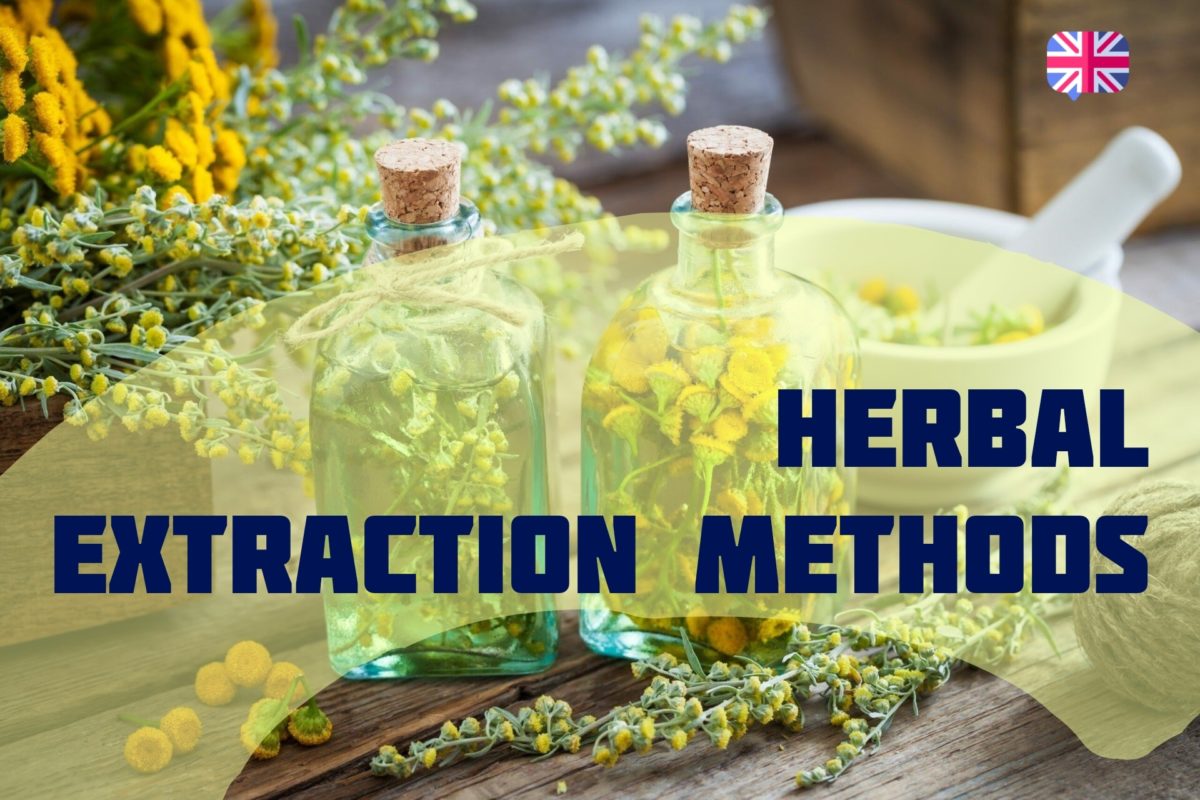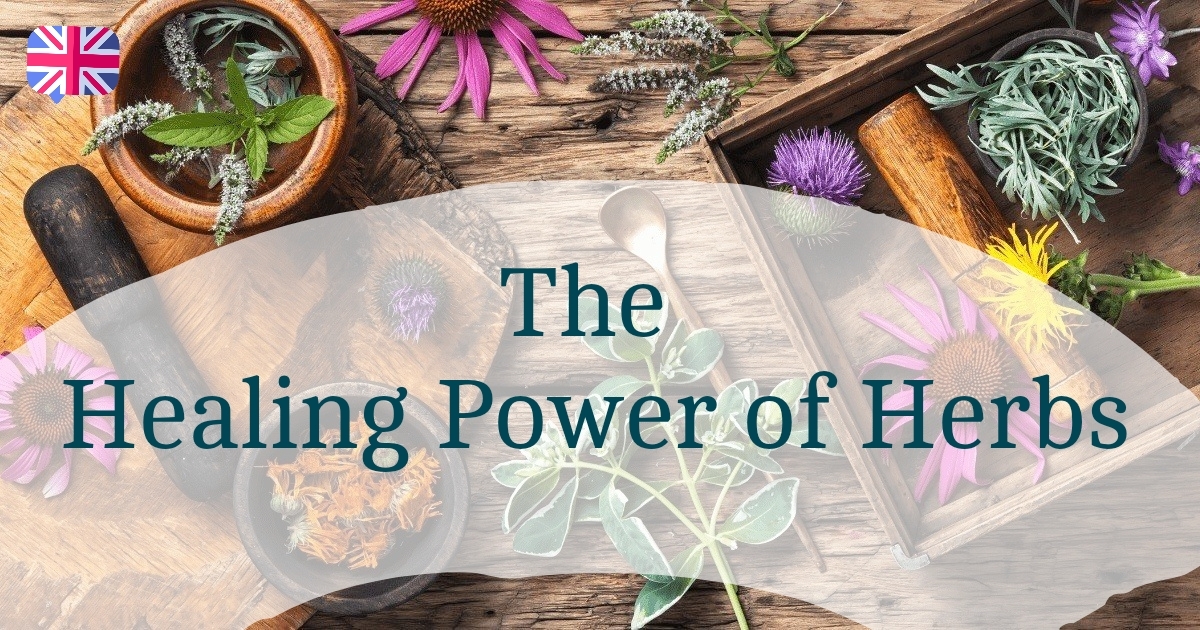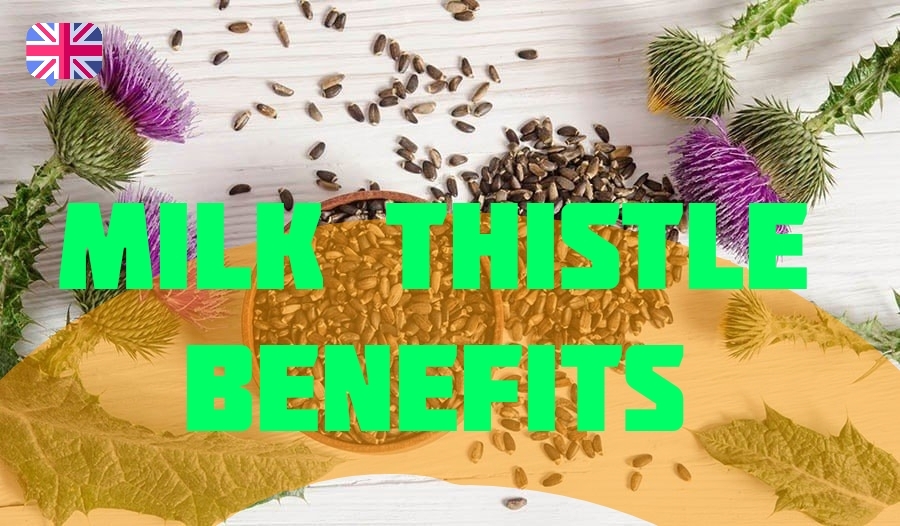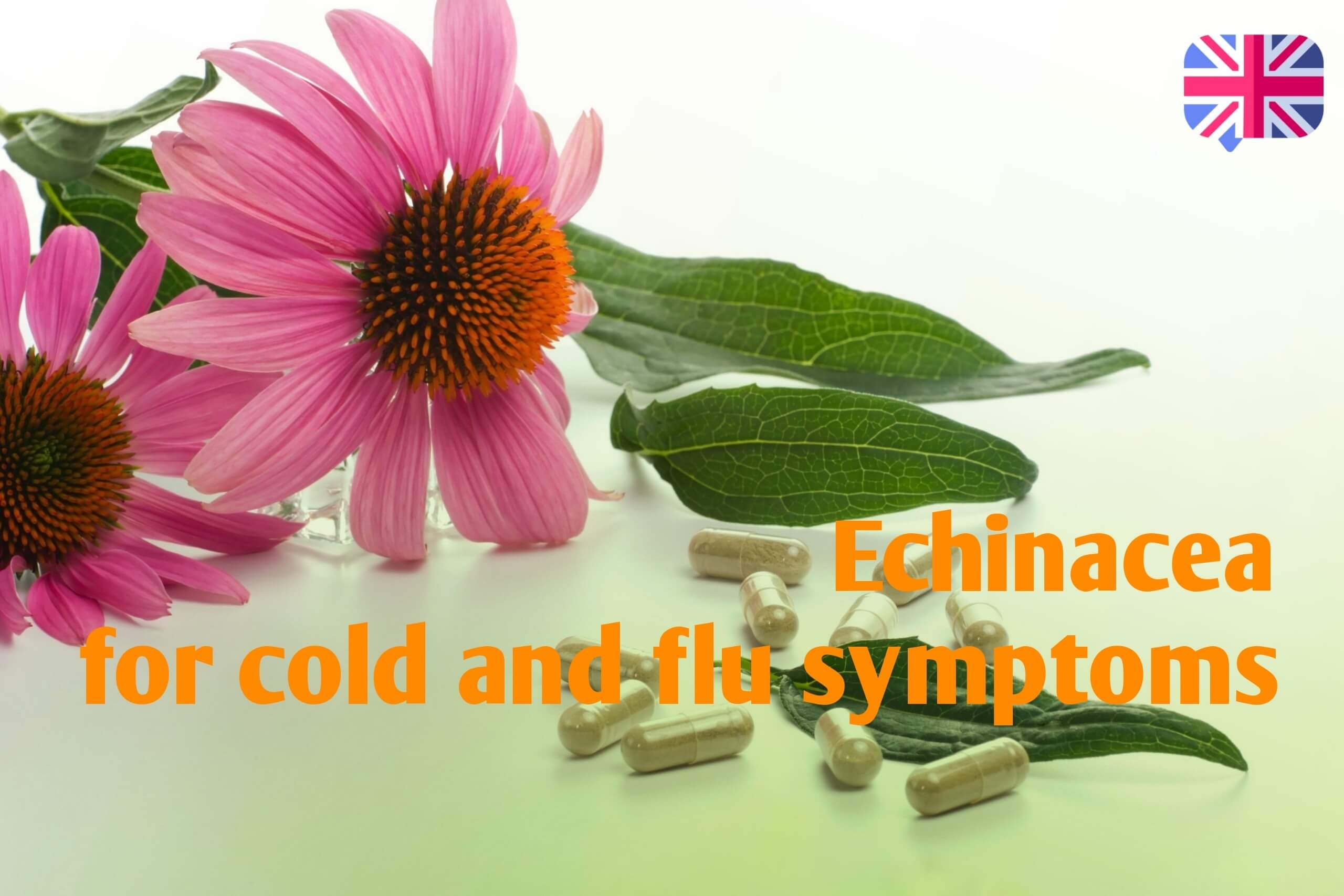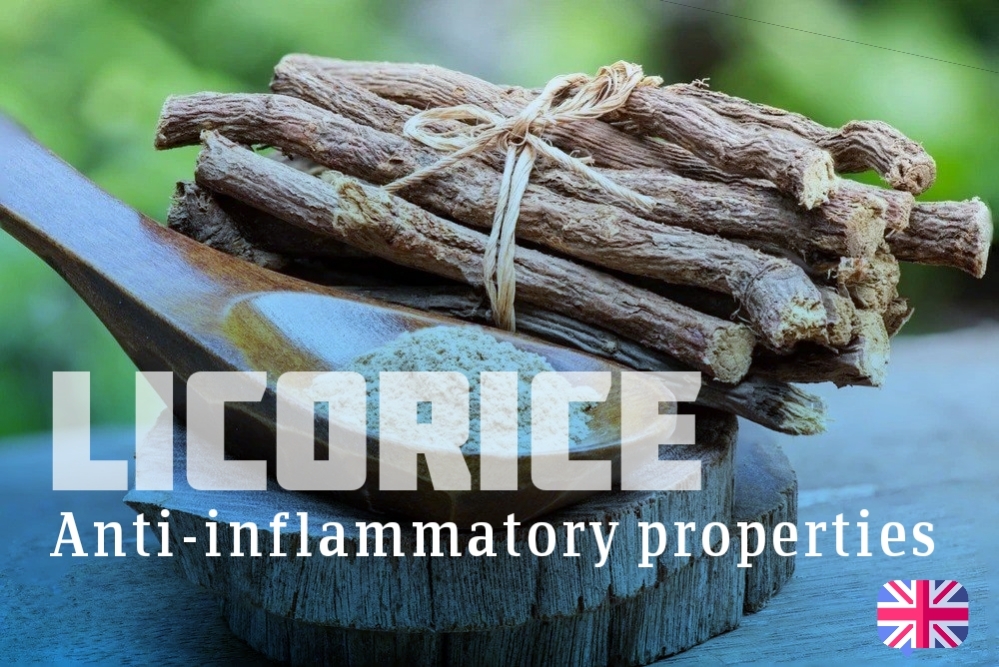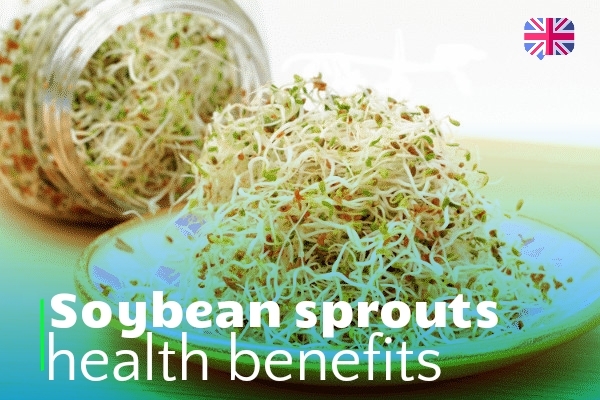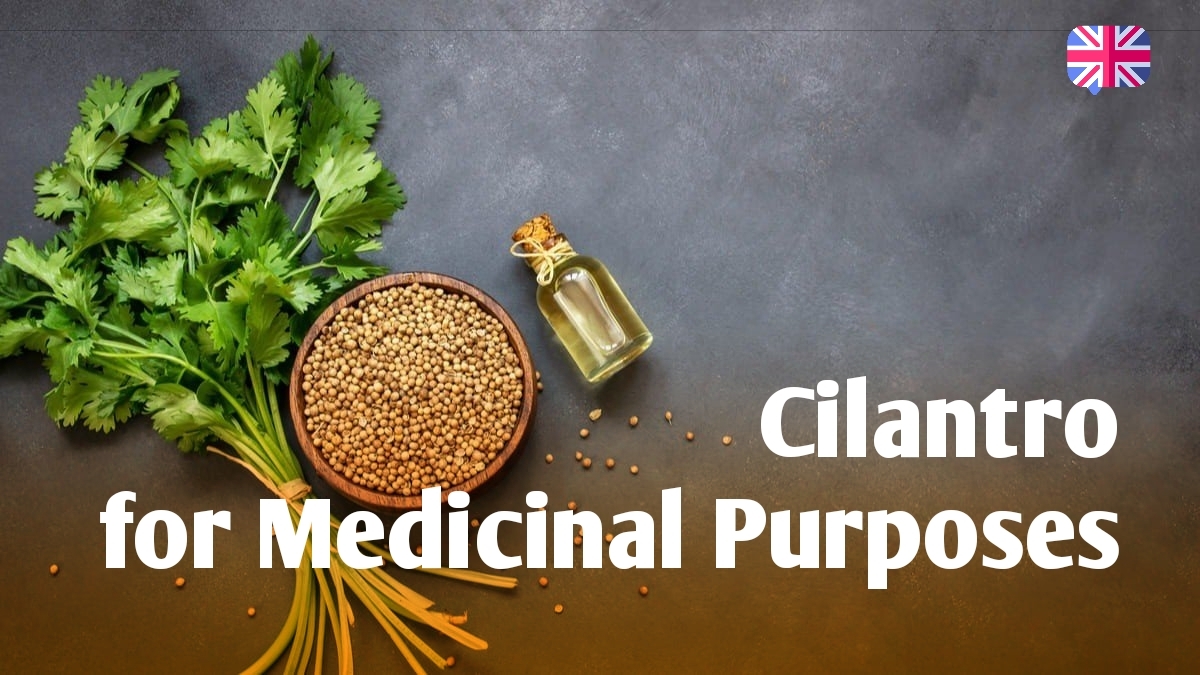HERB - Introduction to the Versatility and Benefits of Herbs
Advanced techniques for extracting and processing herbal remedies to create high-quality products
For centuries, herbs have been used for their medicinal and health-promoting properties. With increasing interest in natural and holistic health practices, the demand for herbal products has grown substantially in recent years. However, producing high-quality herbal products requires careful selection, extraction, and processing of plant materials. In this article, we will explore the methods of extracting and processing herbs to create high-quality herbal products.
Part 1: Herbal Extraction Methods
Herbal extraction involves isolating the active compounds from plant materials to create concentrated herbal extracts. There are several methods of herbal extraction, including:
- Maceration: This involves soaking the plant material in a liquid solvent, such as water or alcohol, to extract the active compounds.
- Percolation: This involves passing a liquid solvent through the plant material to extract the active compounds.
- Distillation: This involves heating the plant material to release the volatile oils, which are then condensed into a liquid extract.
- Expression: This involves pressing the plant material to extract the oils.
Each method has its advantages and disadvantages, and the choice of extraction method depends on the specific properties of the plant material and the desired end product.
Part 2: Herbal Processing Methods

Once the herbal extracts have been obtained, they must be processed to create a final product. Herbal processing methods include:
- Drying: This involves removing the moisture from the herbal extracts to create a stable, concentrated product.
- Powdering: This involves grinding the dried herbal extracts into a fine powder, which can be used in capsules, tablets, or other products.
- Formulation: This involves combining different herbal extracts to create a specific product, such as a tincture or a topical cream.
- Standardization: This involves ensuring that the final product contains a specific amount of the active compounds, which allows for consistent dosing and efficacy.
Again, the choice of processing method depends on the desired end product and the properties of the herbal extracts.
Part 3: Quality Control in Herbal Product Manufacturing
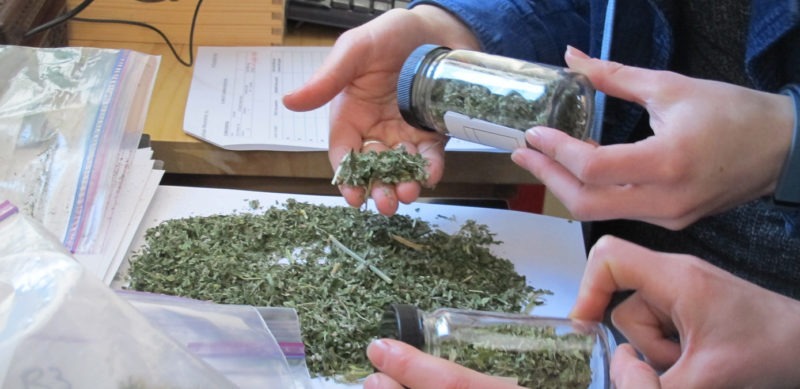
To ensure the quality and safety of herbal products, it is important to implement strict quality control measures throughout the manufacturing process. These measures include:
- Selecting high-quality plant materials: The quality of the final product depends on the quality of the plant materials used, so it is important to select materials that are free from contaminants and have a high concentration of active compounds.
- Standardizing the extracts: Standardization ensures that the final product contains a consistent amount of active compounds, which allows for consistent dosing and efficacy.
- Testing for contaminants: Herbal products can be contaminated with pesticides, heavy metals, or other toxins, so it is important to test for these contaminants and ensure that the final product is safe for consumption.
- Following Good Manufacturing Practices (GMPs): GMPs are a set of guidelines for manufacturing and testing products to ensure their quality and safety.
Conclusion
Producing high-quality herbal products requires careful selection, extraction, and processing of plant materials, as well as strict quality control measures throughout the manufacturing process. With the growing demand for herbal products, it is important for manufacturers to prioritize the quality and safety of their products to meet the needs of consumers who are seeking natural and holistic health solutions.

